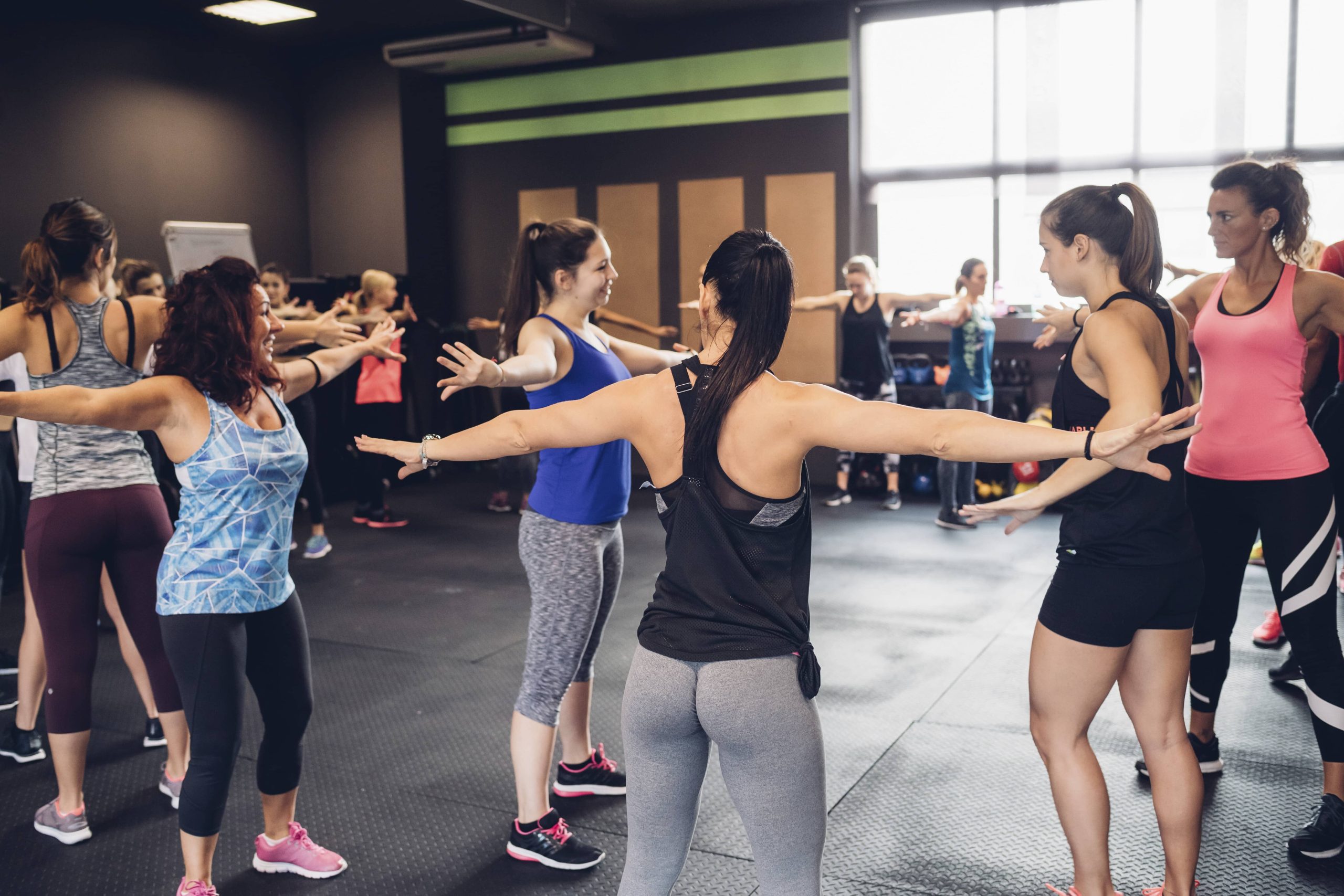
In the world of fitness, one size does not fit all. Each individual has unique needs, goals, and capabilities, which means that the perfect workout is one that is tailored specifically to your fitness level. Whether you’re a beginner just starting out on your fitness journey, an intermediate looking to break through a plateau, or an advanced athlete seeking to fine-tune your performance, understanding how to customize your workout can make all the difference. In this blog post, we’ll explore how to discover the perfect workout tailored to your fitness level, ensuring you achieve your health and fitness goals effectively and safely.
Understanding Your Fitness Level
Before you can tailor a workout to your fitness level, it’s essential to understand where you currently stand. Fitness levels are generally categorized into three main groups: beginner, intermediate, and advanced. Here’s a brief overview of each:
1. Beginner: You are new to exercise or have been inactive for a significant period. Your body is not yet accustomed to regular physical activity, and you may need to focus on building a foundation of strength, endurance, and flexibility.
2. Intermediate: You have been exercising consistently for several months and have a good grasp of basic exercises. You are comfortable with moderate-intensity workouts and are looking to challenge yourself further.
3. Advanced: You have been consistently active for a year or more, possess a high level of fitness, and are familiar with a wide range of exercises. You are looking to push your limits and achieve specific performance goals.
Assessing Your Fitness Level
To accurately determine your fitness level, consider the following factors:
– Frequency of Exercise: How often do you work out each week?
– Intensity of Workouts: How challenging are your workouts? Do you break a sweat and feel your heart rate increase?
– Duration of Workouts: How long do your workouts typically last?
– Variety of Exercises: Do you incorporate different types of exercises, such as strength training, cardio, and flexibility work?
– Recovery Time: How quickly do you recover from workouts?
By evaluating these factors, you can gain a clearer picture of your current fitness level and identify areas for improvement.
Designing the Perfect Workout
Once you’ve assessed your fitness level, it’s time to design a workout plan that aligns with your goals and capabilities. Here are some guidelines for each fitness level:
Beginner
As a beginner, your primary focus should be on building a solid foundation. This involves developing basic strength, improving cardiovascular endurance, and enhancing flexibility. Here’s a sample workout plan:
– Warm-Up: Start with 5-10 minutes of light cardio, such as walking or cycling, to increase your heart rate and prepare your muscles for exercise.
– Strength Training: Perform bodyweight exercises like squats, lunges, push-ups, and planks. Aim for 2-3 sets of 8-12 repetitions for each exercise.
– Cardio: Incorporate low-impact activities like brisk walking, swimming, or cycling for 20-30 minutes.
– Flexibility: Finish with stretching exercises to improve flexibility and prevent injury. Focus on major muscle groups and hold each stretch for 15-30 seconds.
Intermediate
As an intermediate exerciser, you can start to incorporate more variety and intensity into your workouts. This will help you continue to make progress and avoid plateaus. Here’s a sample workout plan:
– Warm-Up: Begin with 5-10 minutes of dynamic stretching or light cardio.
– Strength Training: Use free weights or resistance bands to add resistance to your exercises. Include compound movements like deadlifts, bench presses, and rows. Aim for 3-4 sets of 8-10 repetitions.
– Cardio: Incorporate interval training, alternating between high-intensity bursts and low-intensity recovery periods. This can be done with running, cycling, or rowing for 20-30 minutes.
– Flexibility and Core: Include exercises like yoga or Pilates to improve core strength and flexibility.
Advanced
As an advanced athlete, your workouts should be highly specific to your goals, whether it’s building muscle, increasing endurance, or improving athletic performance. Here’s a sample workout plan:
– Warm-Up: Engage in sport-specific drills or high-intensity interval training (HIIT) to prepare your body for intense exercise.
– Strength Training: Focus on advanced techniques like supersets, drop sets, or pyramid sets. Incorporate Olympic lifts or plyometric exercises for explosive power. Aim for 4-5 sets of 6-8 repetitions.
– Cardio: Tailor your cardio to your specific goals. For endurance, engage in long-distance running or cycling. For speed, incorporate sprint intervals.
– Recovery and Mobility: Prioritize recovery with foam rolling, stretching, and active recovery days to prevent overtraining and injury.
Listening to Your Body
Regardless of your fitness level, it’s crucial to listen to your body and make adjustments as needed. Pay attention to signs of fatigue, pain, or discomfort, and modify your workouts accordingly. Rest and recovery are just as important as the workouts themselves, so ensure you allow your body time to heal and adapt.
Setting Realistic Goals
Setting realistic and achievable goals is key to staying motivated and on track. Whether your goal is to lose weight, build muscle, or improve your overall health, break it down into smaller, manageable milestones. Celebrate your progress along the way and adjust your goals as you advance.
Conclusion
Discovering the perfect workout tailored to your fitness level is a journey that requires self-awareness, dedication, and a willingness to adapt. By understanding your current fitness level, designing a personalized workout plan, and setting realistic goals, you can achieve lasting results and enjoy a healthier, more active lifestyle. Remember, the most important aspect of any fitness journey is consistency, so stay committed and enjoy the process of becoming the best version of yourself.
